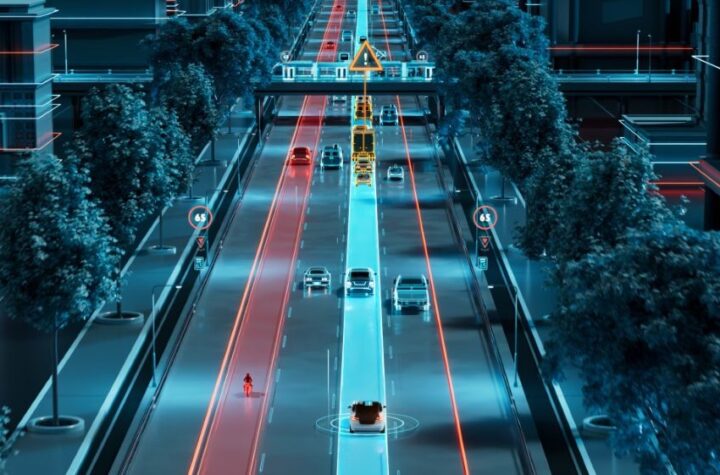
Platooning may be the new way of travelling on motorways in as little as ten years time – and the EU-financed SARTRE project has carried out the first successful demonstration of its technology at the Volvo Proving Ground close to Gothenburg, Sweden.
This is the first time the EU-financed development teams in SARTRE try their systems together outside the simulators. “We are very pleased to see that the various systems work so well together already the first time,” says Eric Coelingh, engineering specialist at Volvo Cars. “After all, the systems come from seven SARTRE-member companies in four countries. The winter weather provided some extra testing of cameras and communication equipment.”
“This is a major milestone for this important European research programme,” says Tom Robinson, SARTRE project coordinator, of Ricardo UK Ltd. “Platooning offers the prospect of improved road safety, better road space utilization, improved driver comfort on long journeys and reduced fuel consumption and hence CO2 emissions. With the combined skills of its participating companies, SARTRE is making tangible progress towards the realization of safe and effective road train technology”.
SAFER AND MORE CONVENIENT
Vehicle platooning, as envisaged by the SARTRE project, is a convoy of vehicles where a professional driver in a lead vehicle drives a line of other vehicles. Each car measures the distance, speed and direction and adjusts to the car in front. All vehicles are totally detached and can leave the procession at any time. But once in the platoon, drivers can relax and do other things while the platoon proceeds towards its long haul destination.
The tests carried out included a lead vehicle and single following car. The steering wheel of the following car moves by itself as the vehicle smoothly follows the lead truck around the country road test track. The driver is able to drink coffee or read a paper, using neither hand nor foot to operate his vehicle.
Platooning is designed to improve a number of things: Firstly road safety, since it rules out the human factor that is the cause of at least 80 percent of the road accidents. Secondly, it saves fuel consumption and thus CO2 emissions with up to 20 percent. It is also convenient for the driver because it frees up time for other matters than driving. And since the vehicles will travel in highway speed with only a few meters gap, platooning may also relieve traffic congestion.
The technology development is well underway and can most likely go into production in a few years time. What may take substantially longer are the public acceptance and the legislation where 25 EU governments must pass similar laws.




More Stories
TomTom’s Orbis Maps with 3D Lane geometry set new standards for mapping precision
Accelerating The Development of Hydrogen Vehicles & Infrastructure – Europe’s Biggest Players Meeting at Premier Event
Automotive IQ Announces the 15th Annual Automotive Functional Safety Week 2025